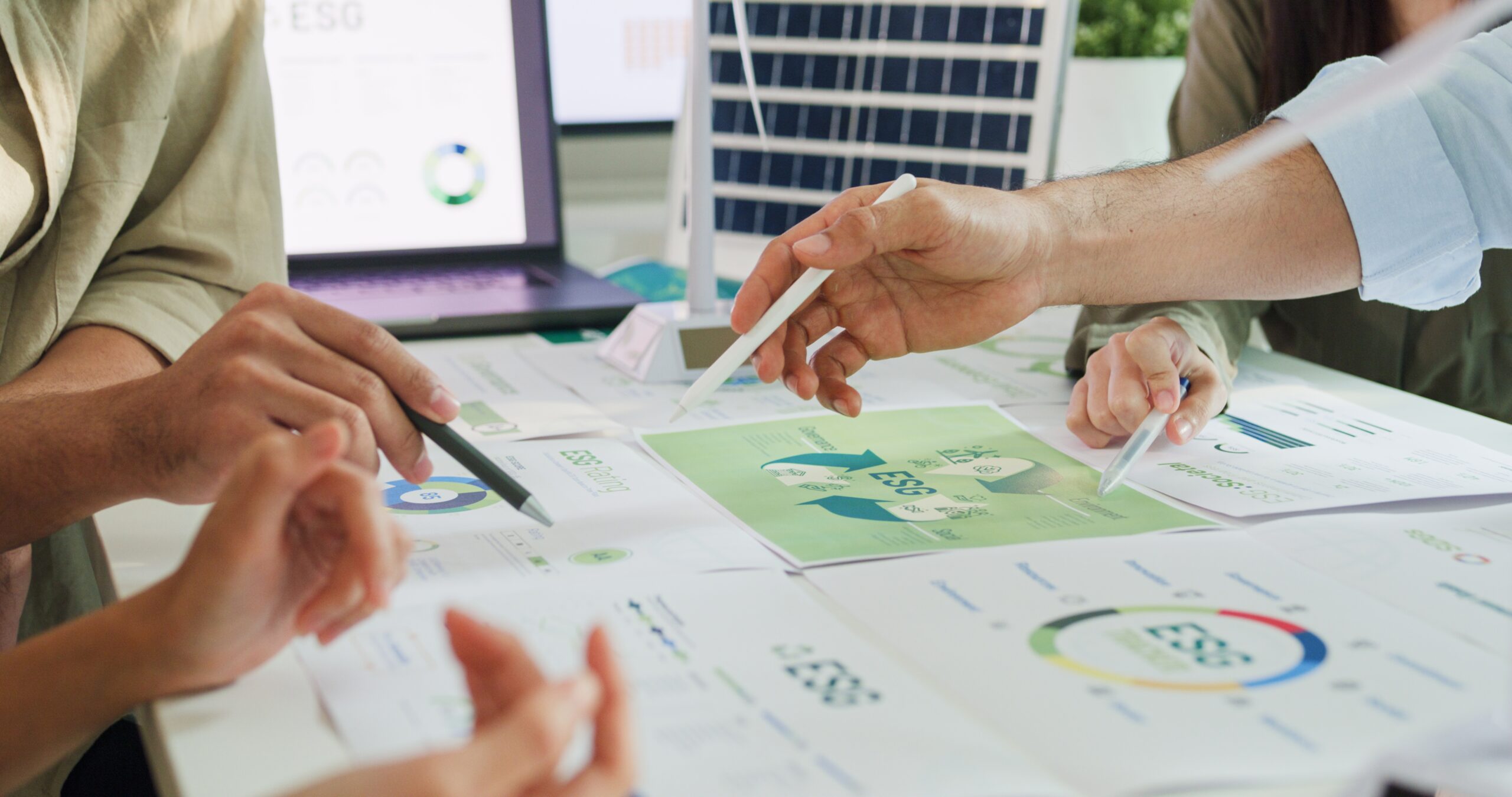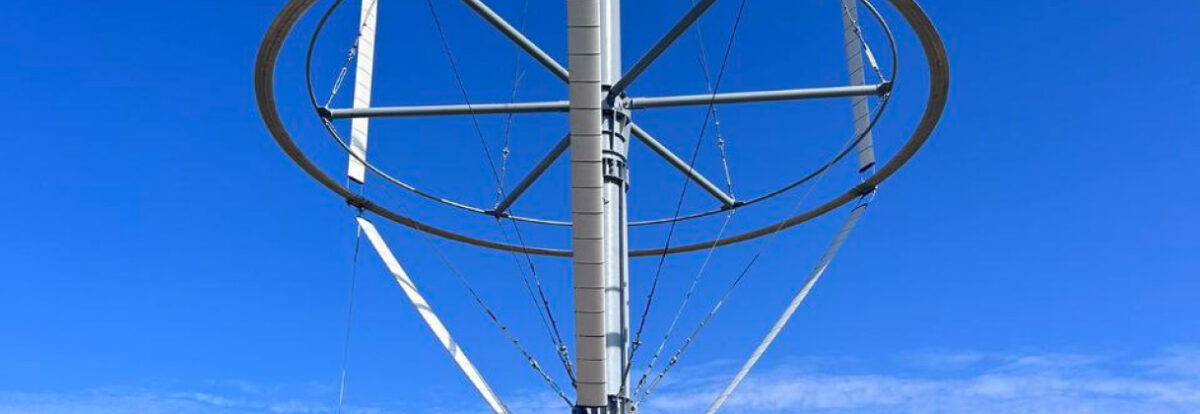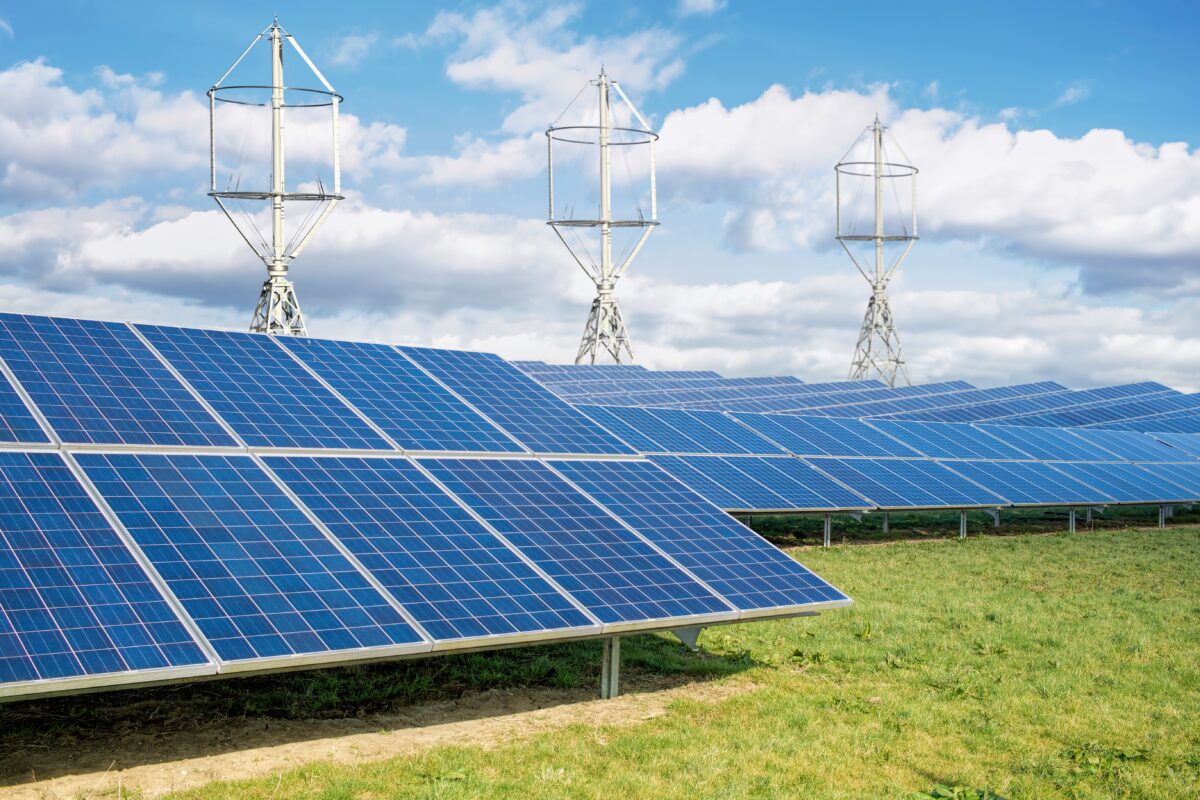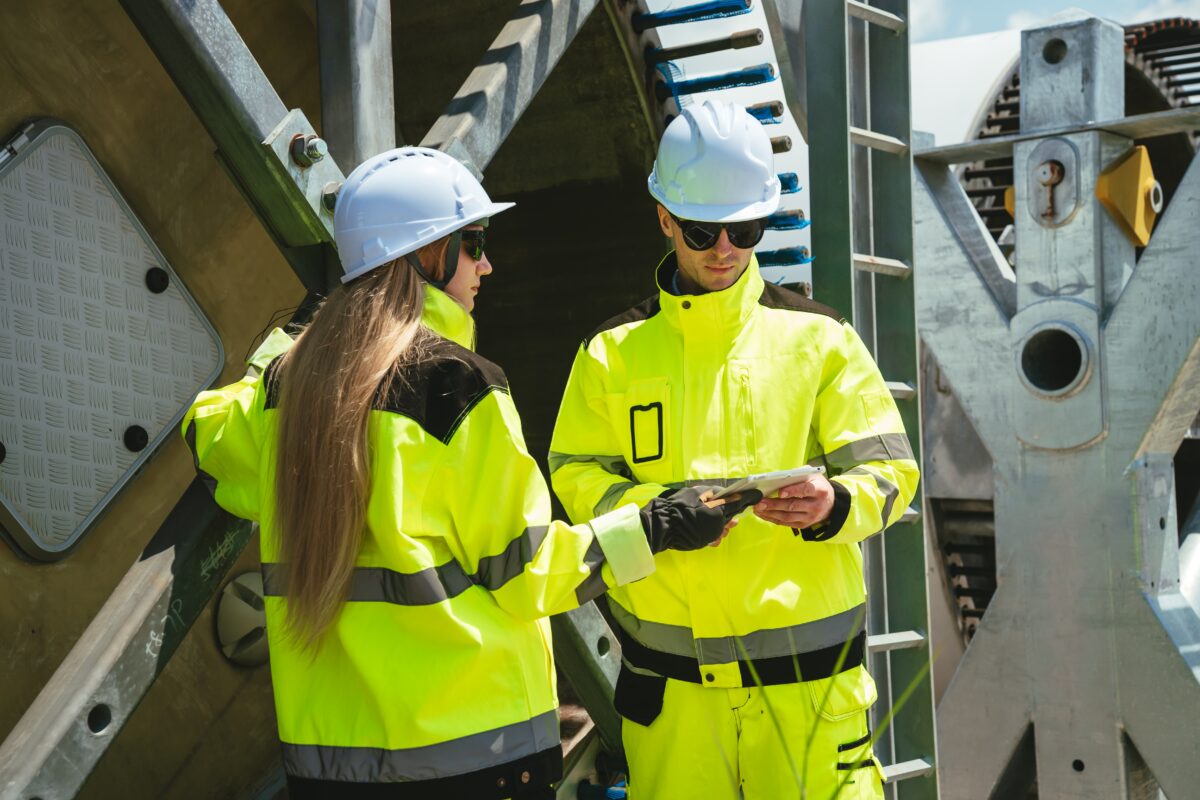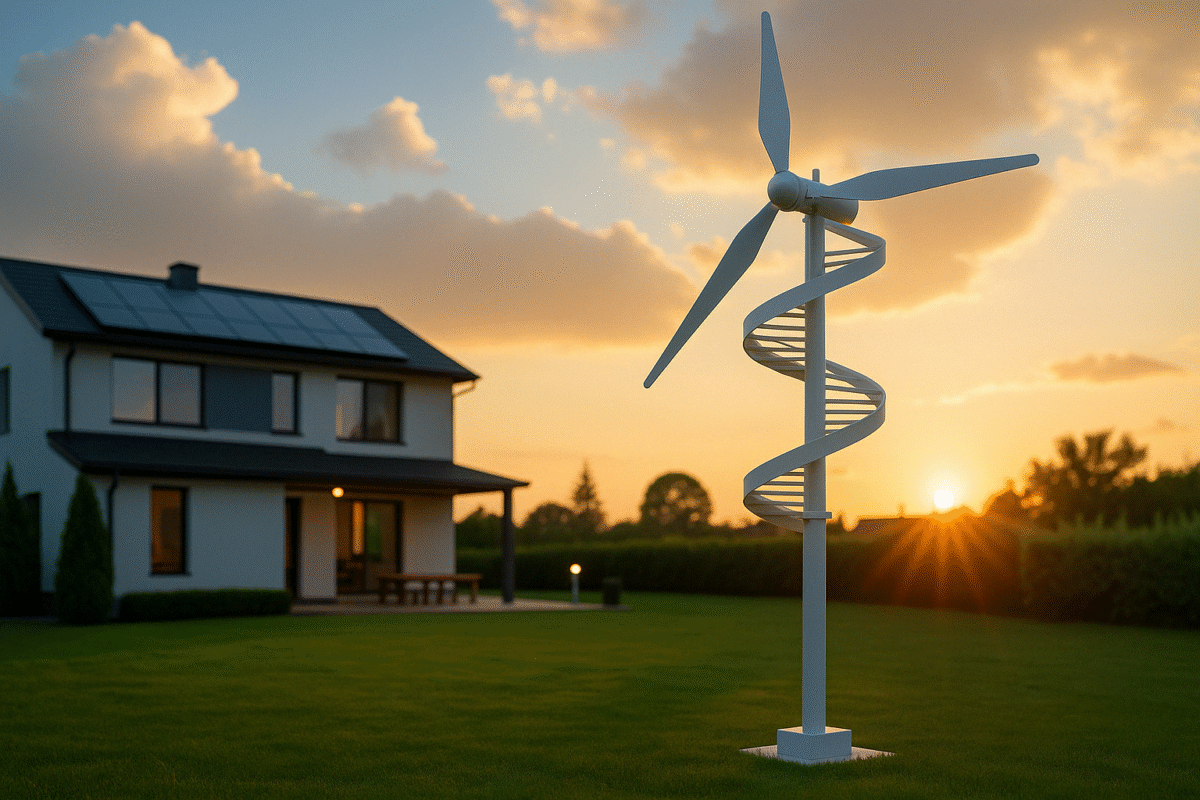1. Definition of Small Wind Power
Small wind turbines typically have a power capacity of up to 100 kilowatts and are used in various environments including residential areas, farms, and small enterprises. They are designed to transform wind energy into electricity, which can be used directly onsite or integrated into the electrical grid.
2. Factors Influencing Return on Investment
The economic efficiency of small wind power is determined by several factors:
Wind Resource: The wind quality and consistency are critically important for optimizing the performance of small wind turbines.
Initial Costs: These include the turbine procurement and installation costs, which vary depending on the turbine size, tower height, and installation complexity.
Electricity Prices: The cost of electricity from conventional sources affects the economic viability of small wind turbines.
System Efficiency: The reliability and efficiency of a turbine have a significant impact on its financial outcomes.
Maintenance Costs: Regular technical maintenance is essential for the turbine long-term operation and durability.
3. Calculation of Return on Investment (ROI)
The ROI for small wind turbines is calculated using the following formula:
Annual Savings: They include the value of the electricity generated and savings on electricity bills over the turbine’s expected lifetime.
Annual Costs: They cover maintenance expenses, insurance, and any other costs associated with the turbine.
Initial Investment: It refers to the total initial costs of the turbine procurement and installation.
4. Advantages of Small Wind Turbines
Energy Independence: Reducing dependence on the centralized grid and ensuring energy security.
Environmental Benefits: Lowering greenhouse gas emissions, air pollution, and reliance on fossil fuels.
Long-term Cost Savings: Generating electricity at a lower cost than purchasing it from the grid.
Potential Income Generation: Selling excess electricity back to the grid.
5. Energy Potential and Efficiency
Average Output: Small wind turbines typically generate from 5 to 15 kW, enough to power one or several homes.
Load Factor: The average load factor (the ratio of actual generation to the theoretically possible at constant maximum power) for small wind turbines is about 20-30%.
6. Long-term Prospects
Cost Reduction and Technological Advancements: It is expected that the cost of technology will decrease, while the efficiency will increase, making small wind power even more attractive.
Integration with Other Energy Sources: Small wind turbines can effectively integrate with other renewable energy sources, such as solar power, creating hybrid systems.
7. Government Incentives
Government incentives are pivotal in fostering the development of small wind power, providing financial backing that enhances their economic appeal. Different countries implement a variety of support mechanisms, ranging from tax breaks to direct subsidies. Here is a more detailed overview of the incentives offered in various parts of the world:
The United States of America:
Federal tax credits: Wind energy investors can take advantage of a federal tax credit that provides a partial refund of the installation costs.
Grants and funding: There are a number of grants and funding programs aimed at small energy development, including programmes of the U.S. Department of Energy
The European Union:
The EU financial instruments: The European Union provides funding through such instruments, as the European Regional Development Fund and Horizon 2020.
Targeted national schemes: Many EU member states, such as Germany and Spain, offer their own support programmes, subsidies and tax incentives.
China:
Government funding: China actively funds research and development in the field of wind energy; it also provides support in the form of subsidies for the construction of wind farms.
Local project support. The Government of China also provides local governments with resources for the development of wind energy projects.
India:
National initiatives: India has announced a number of initiatives including tax incentives and accelerated depreciation schemes to speed up the implementation of wind energy projects.
Installation Subsidies. The Government of India also offers subsidies for the installation of small wind turbines, especially in remote and rural areas.
Australia:
Government grants and funding: Australia offers grants and financial’s support for the development of renewable energy, including small wind energy.
Tax incentives and subsidies: In addition, there are tax incentives and subsidies for individual and commercial installations.
Japan:
Research funding: Japan makes considerable allocations for research and development in the field of wind energy.
Installation support: Subsidies and tax incentives are provided for the installation of small wind turbines, especially in areas affected by natural disasters.
Brazil:
Credit lines: Brazil offers special credit lines for renewable energy projects, including small wind power projects.
Government support programs: In addition, there are several government programs aimed at supporting the development of renewable energy sources.
Each of these countries has its unique approach to the promotion of small wind energy based on its economic, environmental and social context. It is worth noting that the efficiency of these incentives depends on a host of factors, such as political will, economic stability and wind resource availability.
8. Final conclusion of the article
In conclusion, our analysis of small wind power makes it evident that this sector is becoming increasingly more significant in the context of the global sustainable energy aspirations. The reduction in costs and improvement in wind technology efficiency make small wind power more accessible and attractive to a wide range of consumers. In this context, FREEN stands out as a key player in the EU market, offering advanced technological solutions in small wind power. With its innovative product Freen-20 and dynamic development of its distribution network, FREEN demonstrates its commitment towards the global energy and environmental goals. This highlights the significant role that small wind power and such companies as FREEN can play in creating a greener and more accessible energy future for all.


